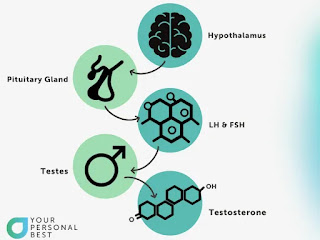The Science Behind Sleepwalking: How It Happens and Why

Sleepwalking, a complex sleep disorder, has puzzled scientists and intrigued the general public for centuries. The act of engaging in various activities while in a state of partial wakefulness during deep sleep raises questions about the underlying mechanisms and causes. In this article, we will explore the science behind sleepwalking, shedding light on how it happens and why some individuals are more prone to this intriguing phenomenon. Understanding Sleep Stages: To grasp the science of sleepwalking, we must first understand the different stages of sleep. Sleep consists of two main categories: rapid eye movement (REM) sleep and non-rapid eye movement (NREM) sleep. NREM sleep is further divided into three stages: N1, N2, and N3. It is during the N3 stage, also known as deep or slow-wave sleep, that sleepwalking episodes typically occur. The Role of the Sleep-Wake Cycle: Sleep is regulated by the intricate interplay between various neurotransmitters and hormones, with the sleep-wake cy...











